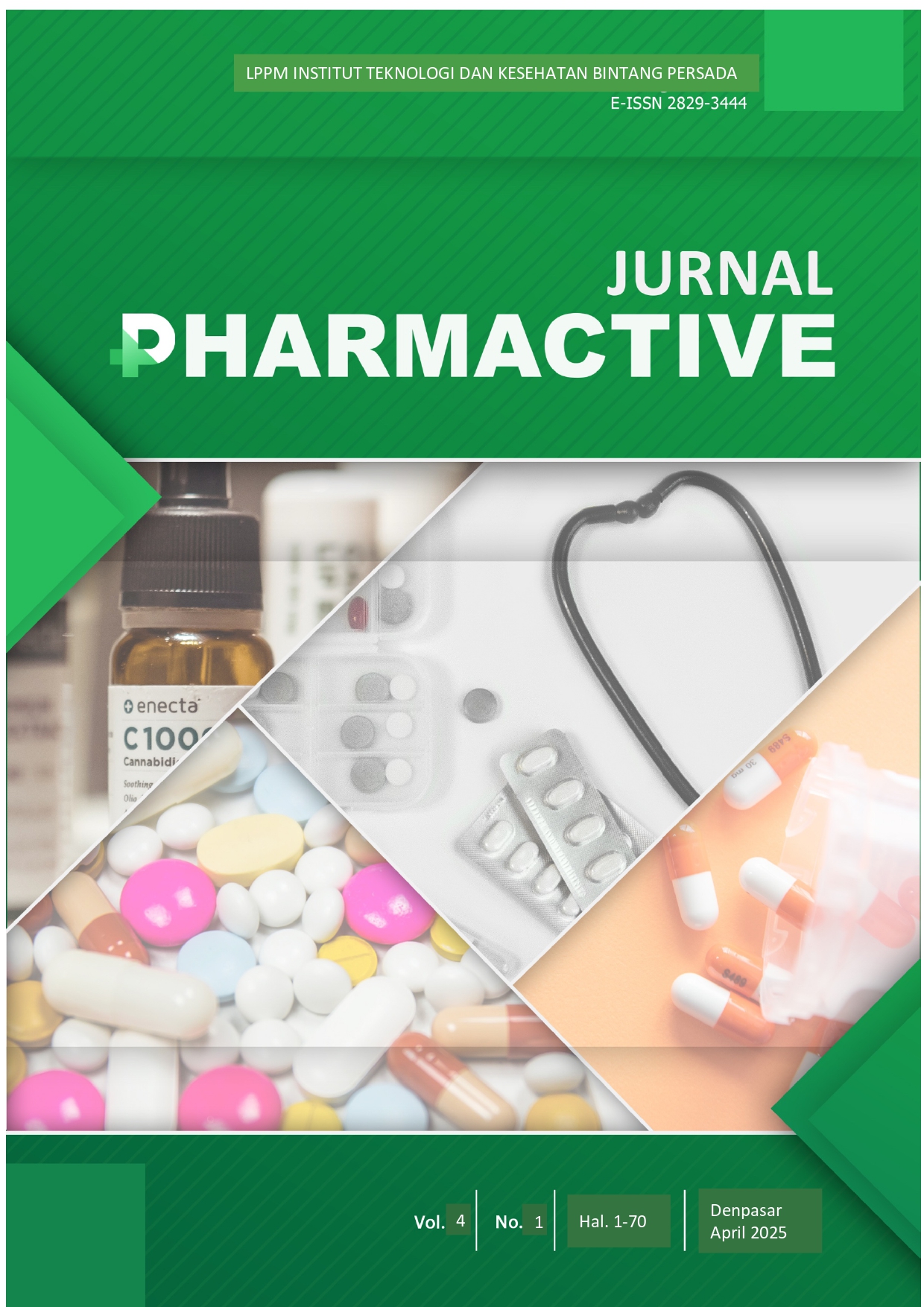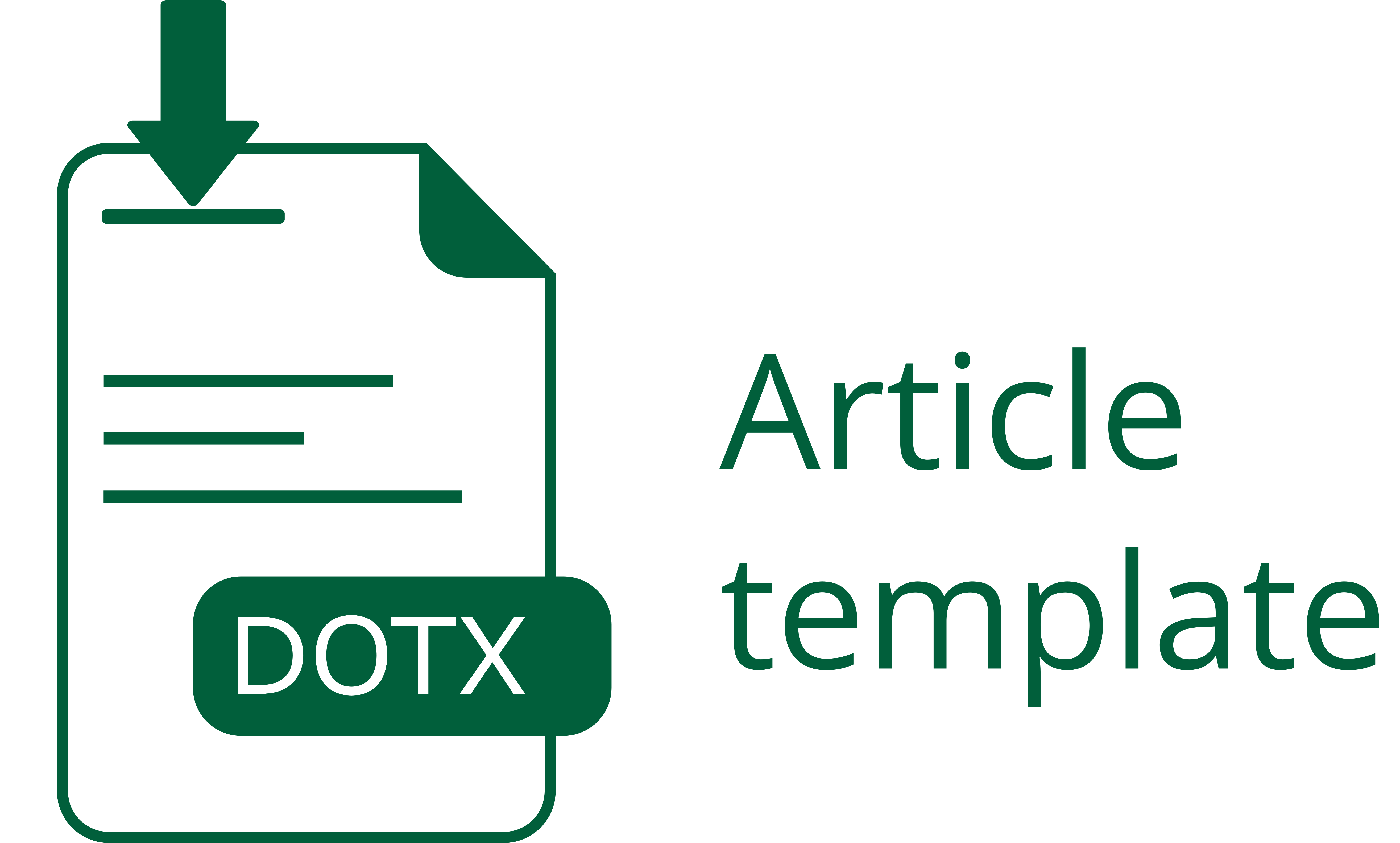Indonesia EVALUASI PENGGUNAAN ANTIBIOTIK PADA PASIEN ISPA PEDIATRI DI INSTALASI RAWAT INAP PADA SALAH SATU RUMAH SAKIT KOTA TEGAL PERIODE 2024
Keywords:
ARI, Antibiotics, Rationality, Gyssens Method, Pediatrics.Abstract
Acute Respiratory Infections (ARI) are among the most common infectious diseases in pediatric patients and remain a major cause of morbidity and mortality worldwide. The increase in ARI cases is directly associated with the high use of antibiotics, which can contribute to bacterial resistance if not aligned with proper therapeutic guidelines. Therefore, this study aimed to evaluate the pattern and rationality of antibiotic use in pediatric patients with ARI in the hospital's inpatient ward in Tegal City during the 2024 period. This study employed an observational method with a retrospective approach. The evaluation of antibiotic use was conducted using the Gyssens method to determine the appropriateness of use based on rationality categories. The results showed that the most commonly used antibiotics were ceftriaxone (65.5%), cefotaxime (16.2%), and amoxicillin (7.14%). Analysis using the Gyssens method indicated that in 74.02% of cases, more effective antibiotics were available; in 1.94% of cases, more affordable options could have been used; in 18.8% of cases, antibiotics were used for too short a duration; and in 3.24% of cases, incorrect dosages were prescribed. Only 1.94% of cases involved rational antibiotic use. In conclusion, based on the Gyssens method, 98.05% of antibiotic use in this study was considered irrational, while only 1.94% was deemed rational.
References
[1]Depkes RI, “Pedoman tata laksana klinis ispa,” Kemenkes RI, 2013.
[2] N. Sutrisna and N. T. Wahyuni, “Perilaku Hidup Bersih dan Sehat (PHBS) Dengan Kejadian ISPA Pada Balita,” J. Keperawatan, vol. 2, no. 1, p. 23, 2016.
[3] Finkelstein et al., “Antimicrobial Use in Defined Populations of Infants and Young Children,” Arch. Pediatr. Adolesc. Med., no. 154, pp. 2395–400, 2000, doi: 10.22487/j24428744.2020.v6.i2.14976.
[4] I. Gyssens, Audit for Monitoring the Quality of Antimicrobial Prsescription, no. 1. Antibiotik Policies: Theory and Practice, Kluwer Academic., 2005. doi: 10.33369/bjp.v4i1.34263.
[5] Z. Zazuli, E. Y. Sukandar, and Lisni, “Antibiotic Use Evaluation in Surgery Patients at a Private Hospital in Bandung,” Indones. J. Clin. Pharm., vol. 4, no. 2, pp. 87–97, 2015, doi: 10.15416/ijcp.2015.4.2.87.
[6] Dinkes Kota Tegal, “Profil Kesehatan Kota Tegal 2022,” Profil Kesehat. Kota Tegal Tahun 2022, vol. 1, no. 1, pp. 1– 47, 2022.
JURNAL PHARMACTIVE | 46
[7] J. T. dkk Dipiro, Pharmacotherapy: A Pathophysiologic Approach ., Eleventh E. New York: McGraw Hill, 2020.
[8] C. D. Mambo, A. S. R. Masengi, and D. A. Thomas, “Rasionalitas Penggunaan Antibiotik untuk Pengobatan Infeksi Saluran Pernapasan Akut pada Anak,” Med. Scope J., vol. 6, no. 1, pp. 72–79, 2023, doi: 10.35790/msj.v6i1.45431.
[9] A. Wulandari and E. M. Purba, “Analisis Biaya Minimum Penggunaan Antibiotik Ceftriaxone dan Cefotaxime Pada Penderita Diare Akut Anak di RSUD dr . Chasbullah Abdulmadjid Periode Januari – Desember 2017 Cost Minimum Analysis of Ceftriaxone and Cefotaxime in Children with Acute Diarrhea ,” vol. 12, no. 1, pp. 39–43, 2017.
[10] Kemenkes RI, “Permenkes RI 28 Tahun 2021 Tentang Pedoman Antibiotik,” 2021.
[11] A. Anita, D. Syamsul, and S. Suprianto, “Evaluasi Pemakaian Antibiotik yang Rasional pada ISPA Non Pneumonia di Puskesmas Induk Kota Binjai,” J. Dunia Farm., vol. 3, no. 3, pp. 106–114, 2019, doi: 10.33085/jdf.v3i3.4481.
[12] P. E. Arimbawa, I. Pradipta. “Perbandingan Puskesmas Kecamatan Kuta dengan Pelaksanaan Penggunaan Obat Rasional (POR) Berdasarkan Indikator Pelayanan dan Fasilitas Kesehatan,” J. Pendidik. vol. 7, no. 1, pp. 193–199, 2021, [Online]. Available: https://ojs.ikippgribali.ac.id/index.php/j pkr/article/view/1011
Downloads
Published
Issue
Section
License
Copyright (c) 2025 Amanda Afni Apriliani

This work is licensed under a Creative Commons Attribution-NonCommercial-ShareAlike 4.0 International License.





